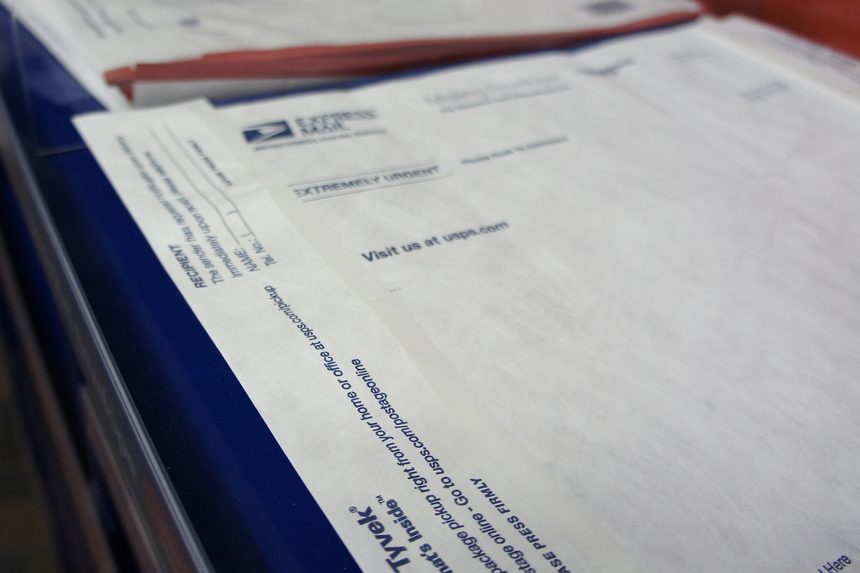A proposed change in postal rates targeted at the nonprofit sector has leaders at the Data & Marketing Association (DMA) – formerly the Direct Marketing Association – seeking public comments in opposition by Monday, Sept. 18.
Mail, as many know, comes in variety of classes from first class and on down, said Xenia Boone, general counsel for the DMA and executive director of the DMA Nonprofit Federation & Email Experience Council. The average increase is expected to be around the consumer price index (CPI) of 2 percent, but nonprofits would pay close to a 4 percent increase on top of the CPI, per the United States Postal Service’s (USPS) vice president of pricing and costing.
The overall increase would stay within the CPI, but the total increase would not be divvied out uniformly, but rather focused on subclasses of mail often used by nonprofits, said Boone. All told, according to Boone, mailers should expect a 3.3 percent increase for marketing mail and 6.9 percent increase for Enhanced Carrier Route (ECR). The price-increase filing is specifically addressed at nonprofits, she added, as USPS has noted a change in mail mix featuring fewer nonprofit mailings, necessitating a price bump.
The pricing, first introduced on July 31, is slated to take effect on Jan. 21, 2018 if approved. The Postal Regulatory Commission will consider public comment on Sept. 18. Leaders at the DMA, which will provide its own feedback to the rate increase, are recommending that members and supporters submit their feedback online as to avoid missing the deadline via regular mail.
Leadership at the DMA are concerned about the subclass-focused price increase on a precedential level as it takes mailers to a time of greater pricing uncertainty as was the case prior to CPI. Boone said that the actual cost will vary from organization to organization, some attributing mailing costs as the highest organizational cost after staffing. Potential future pricing volatility for such a prominent expense has the potential to create challenges in budgeting, she added.
“As much as we have concerns about rates and rate settings, we’re in a better place under the CPI system than the previous system when they really did dive in at the subclass [level],” Boone said, noting that the current system allows nonprofits to anticipate increases in their budgets. “One member said that ‘it’s kind of a parade of terribles.’”











